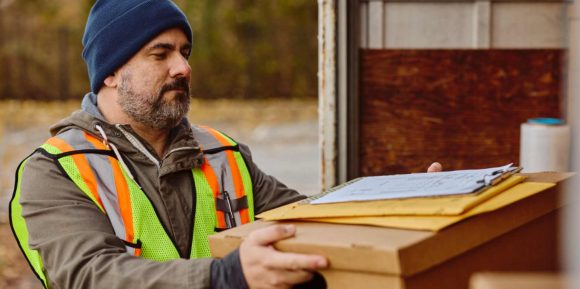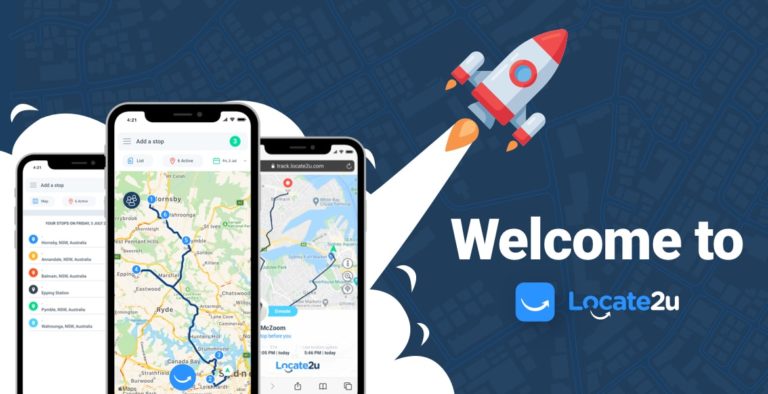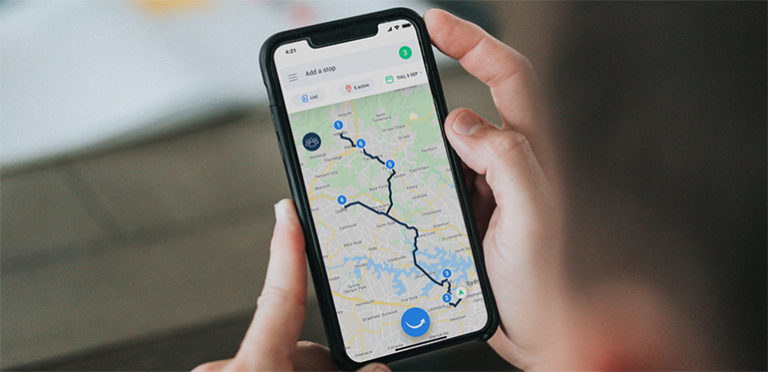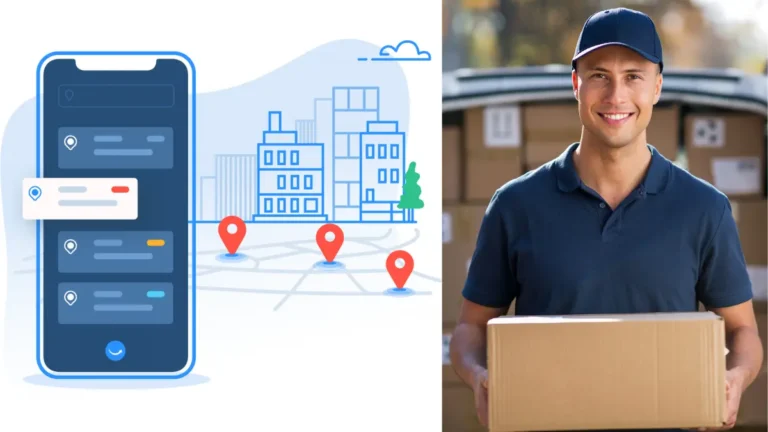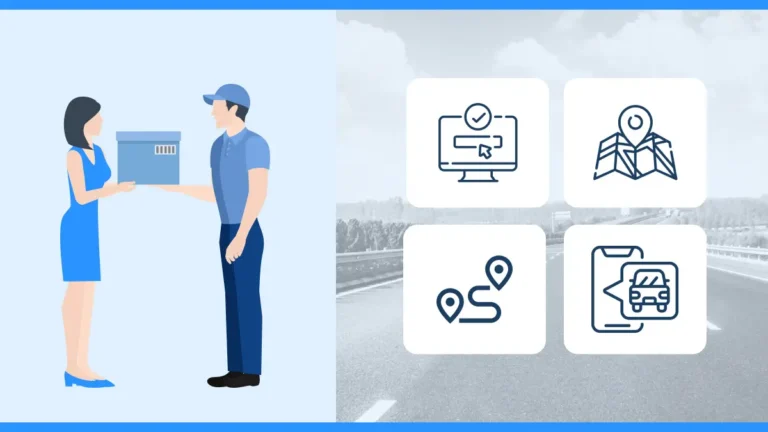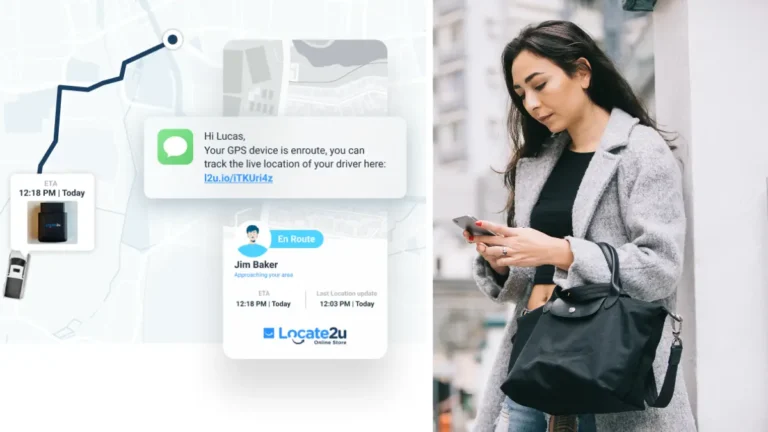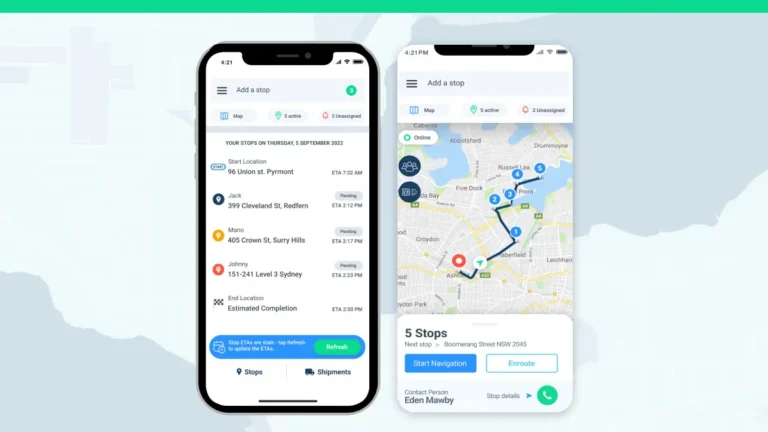The Australian last-mile delivery market is on the brink of substantial growth, projected to expand at a compound annual growth rate of 14.04% between 2024 and 2032.
This surge is fueled by rapid urbanization and digitalization. It seems to be reshaping consumer preferences and the delivery sector. As e-commerce continues to flourish, the demand for innovative and efficient last-mile delivery solutions becomes more pressing.
A recent report by Expert Market Research (EMR) attempts to highlight the importance of the rapidly evolving e-commerce sector in Australia.
ALSO READ: Aussies turn to retail therapy during cost of living crunch: AusPost
Companies are now leveraging technology to enhance delivery processes and meet escalating consumer expectations for quick and reliable service.
Technological advancements
As online shopping becomes increasingly popular, consumers want faster and more reliable delivery options.
Food delivery app DoorDash has launched drone delivery in dozens of suburbs in Melbourne. It’s teamed up with Wing drone to bring food to customers more conveniently and quickly.
Real time tracking and autonomous delivery vehicles are improving the customer experience daily. Technology that advances sustainability is becoming more prominent daily. It optimizes the delivery process and enhances customer satisfaction.
In Texas, for instance, Faction, an autonomous vehicle company, has started testing self-driving light EVs.
Operational challenges
Despite the positive growth trajectory outlined by EMR, the Australian last-mile delivery market faces several operational challenges.
- High operational costs.
- Urban traffic congestion.
- Environmental concerns.
However, these challenges also present opportunities for innovation and improvement.
Electric vehicles (EVs), self-driving cargo bikes, and drones are some of the innovations aimed at improving delivery speed and addressing environmental concerns. They are also reducing the reliance on conventional fuel-powered vehicles.
However, urban traffic congestion remains a critical issue, and it seems to be getting worse. With route optimization software, delivery drivers can take the shortest optimized route, which will not only save time on the road but also reduce the impact on the environment.
About the author
Mia is a multi-award-winning journalist. She has more than 14 years of experience in mainstream media. She's covered many historic moments that happened in Africa and internationally. She has a strong focus on human interest stories, to bring her readers and viewers closer to the topics at hand.

